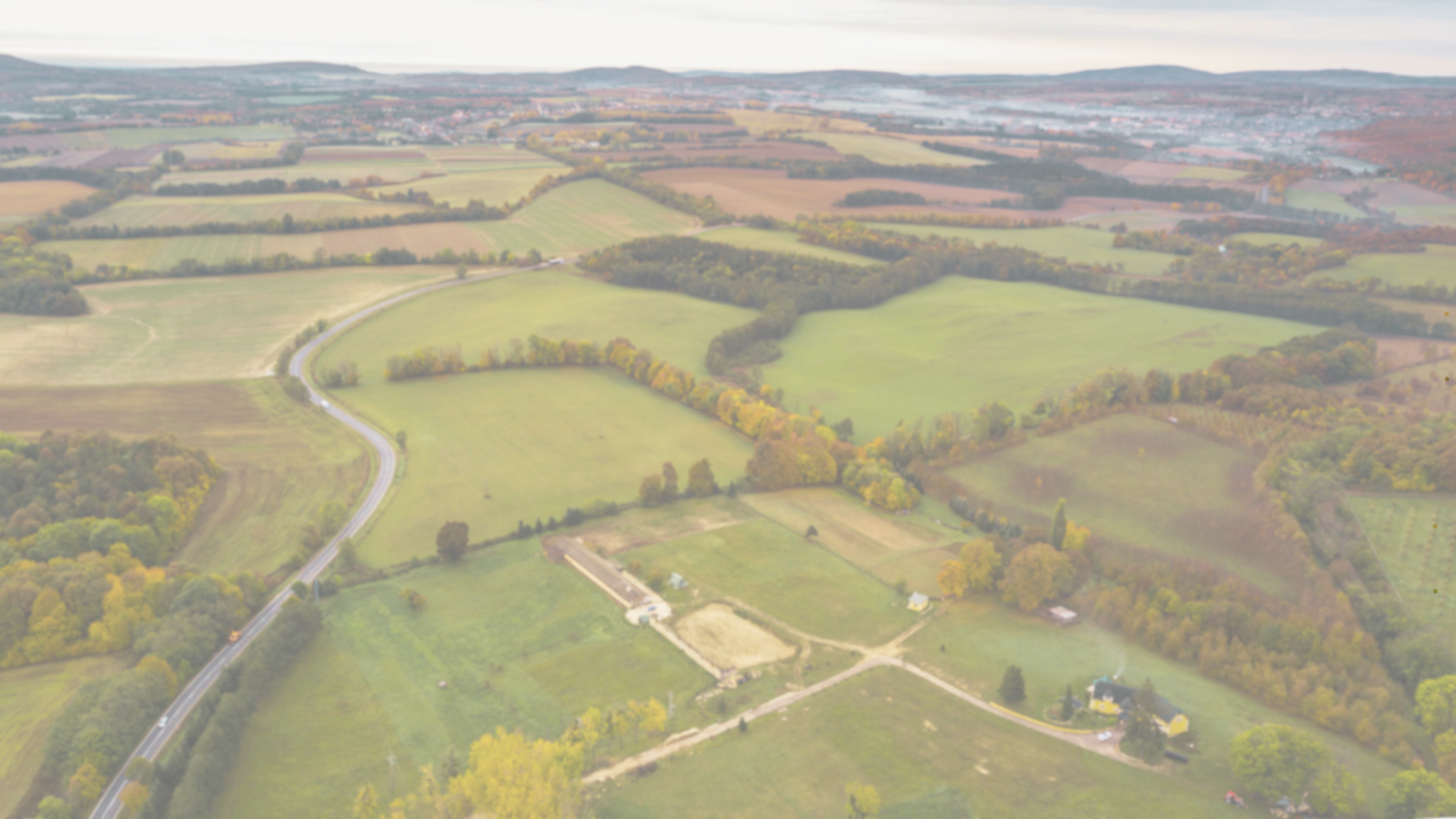Senior Spotlight: Walkable Retirement Communities
There are many pros to walkable retirement developments – so why are some cities so opposed?
Picture 400 residents living amidst 250 cottages and apartments sprawled on 136 acres with waterfront views just minutes away plus on-site care and support within reach. This is what life looks like for retirees of Wake Robin in Shelburne, Vermont- a walkable retirement community where residents enjoy miles of paths, carry dog treats for each other’s pooches and select from 48 interest groups to engage with. There are 15 pharmacies within a mile from the community, plus gardens, shops and health care nearby – and a major hospital within 9 miles. Does this sound like the retirement for you?
If so, you may wish to follow the trend that Next Avenue calls “the leading edge of active retirement living complexes where retirees can enhance their physical, mental and social wellness by walking where they need to go.” Such walkable retirement communities are not gated, de-emphasize vehicle traffic and often connect with an established town or city. This type of senior living is so ‘new’ that the Senior Housing Association does not even have a way to track how many are in operation or being built.
While some active senior living environments host a restaurant, activity calendar and park-like grounds with a single housing type, a walkable senior community is typically planned near an existing town such that grocery stores, retail shops and eateries are within walking distance. They often feature not only independent living, assisted living and memory care options – but different units to accommodate each such as townhomes, apartments, etc.
While the walkable city model is in demand, local governments are often opposed. While today’s housing industry is desperately lacking in inventory, older suburban governments are tied into the notion that “building multiple housing units around clustered services and public transportation is a "NIMBY' (Not in My Back Yard) no-no.” Concerns over housing density and crowds have historically prioritized stand alone, vehicle-dependent developments not connected to a city or town.
High density housing is about more than just ‘more’ people – there are more health benefits (walking is SO good for you!), more camaraderie (because nothing is worse for your body and mind than isolation), more fun (shopping, dining and eating without getting in a car) and even safer – no crossing busy highways or navigating traffic as you age.
So exactly how much opposition is there to the development of such communities? Christopher B. Leinberger, an emeritus professor at George Washington University and developer of walkable communities states that “Walkable retirement communities are in the embryonic phase. There's pent-up demand for it." Yet he also reports that 90% of U.S. metropolitan areas are bound by outdated zoning codes when considering the addition of pedestrian friendly developments.
Interesting, right? How would you feel about retiring in a walkable community? Or having one added adjacent to your current urban areas?
Warmest regards,
Bobbi
Bobbi Decker
DRE#00607999
Broker Associate
650.346.5352 cell
650.577.3127 efax
www.bobbidecker.com
NAR Instructor….“Designations Create Distinctions”
CIPS, SRS, ABR, CRS, SRES, GRI, CLHMS, REI, AHWD, RSPS, MSLG
Bobbi Decker & Associates fully supports the principles of the Fair Housing Act and the Equal Opportunity Act. For more information, please visit: http://portal.hud.gov/











